Hokkaido city overwhelmed as tourists flock to site of 90’s movie
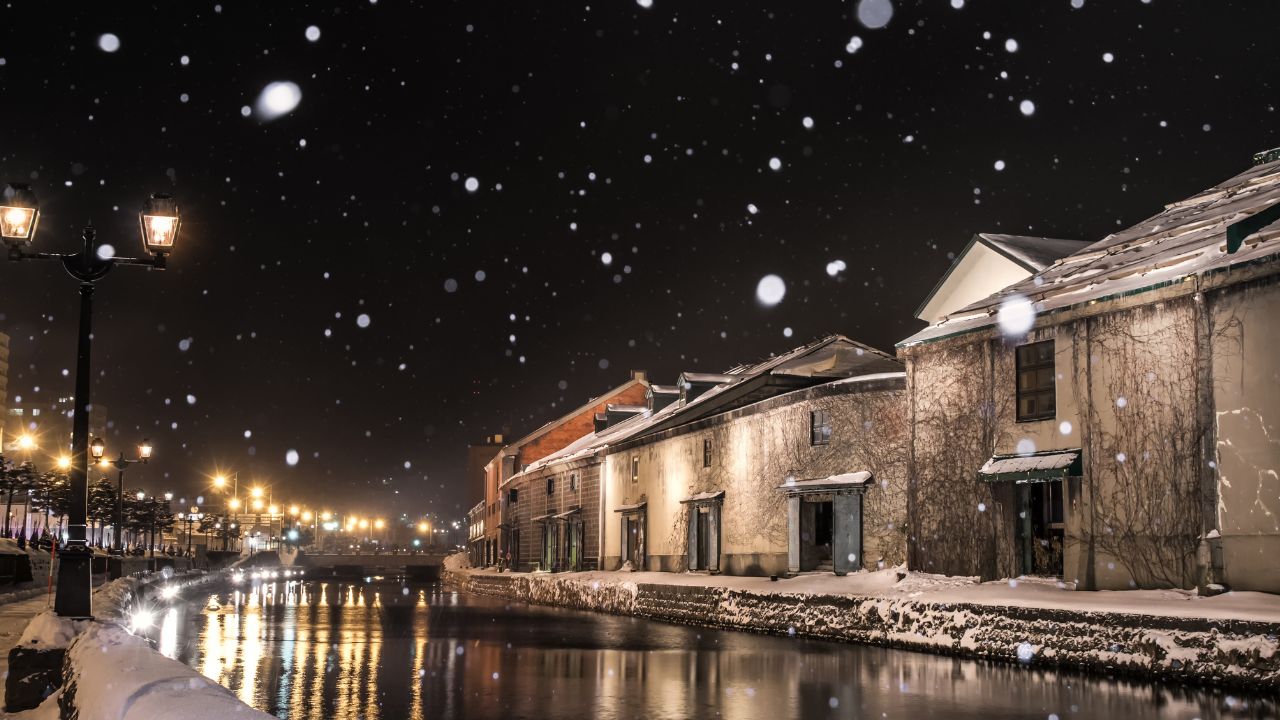
Otaru, a picturesque port city on Hokkaido’s west coast, has become the latest battleground in Japan’s escalating war against over-tourism.
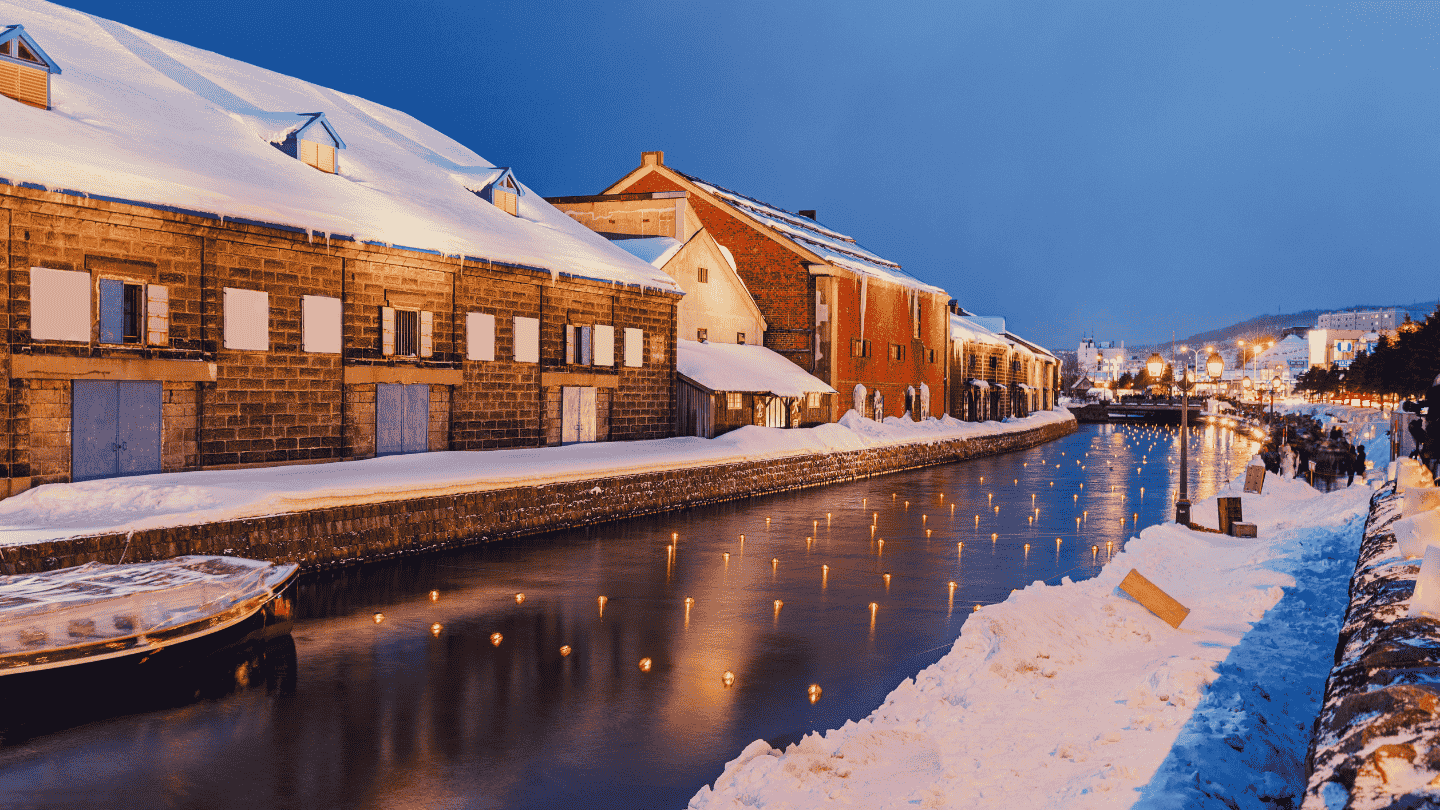
What was once a relatively quiet city is now struggling to manage the sheer volume of visitors, leading to a host of issues, from traffic congestion and trespassing to tragic accidents.
The recent death of a 61-year-old Hong Kong woman who was struck by a train while taking photos near JR Asari Station, a location well known for views of trains traversing the snowy landscape and coastline, has brought the situation to a head.
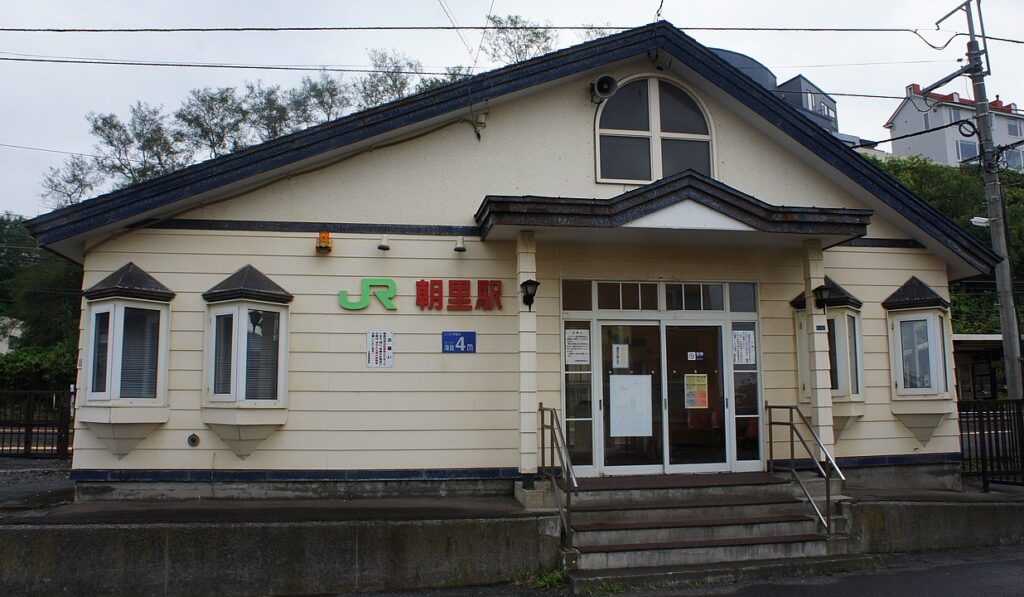
This tragedy has intensified calls for stricter measures to manage tourist behavior, and local authorities have responded by deploying security guards and issuing stern warnings against trespassing and disruptive behavior.
With a population of approximately 100,000, Otaru witnessed a a record high of 98,678 foreign visitors in 2024.
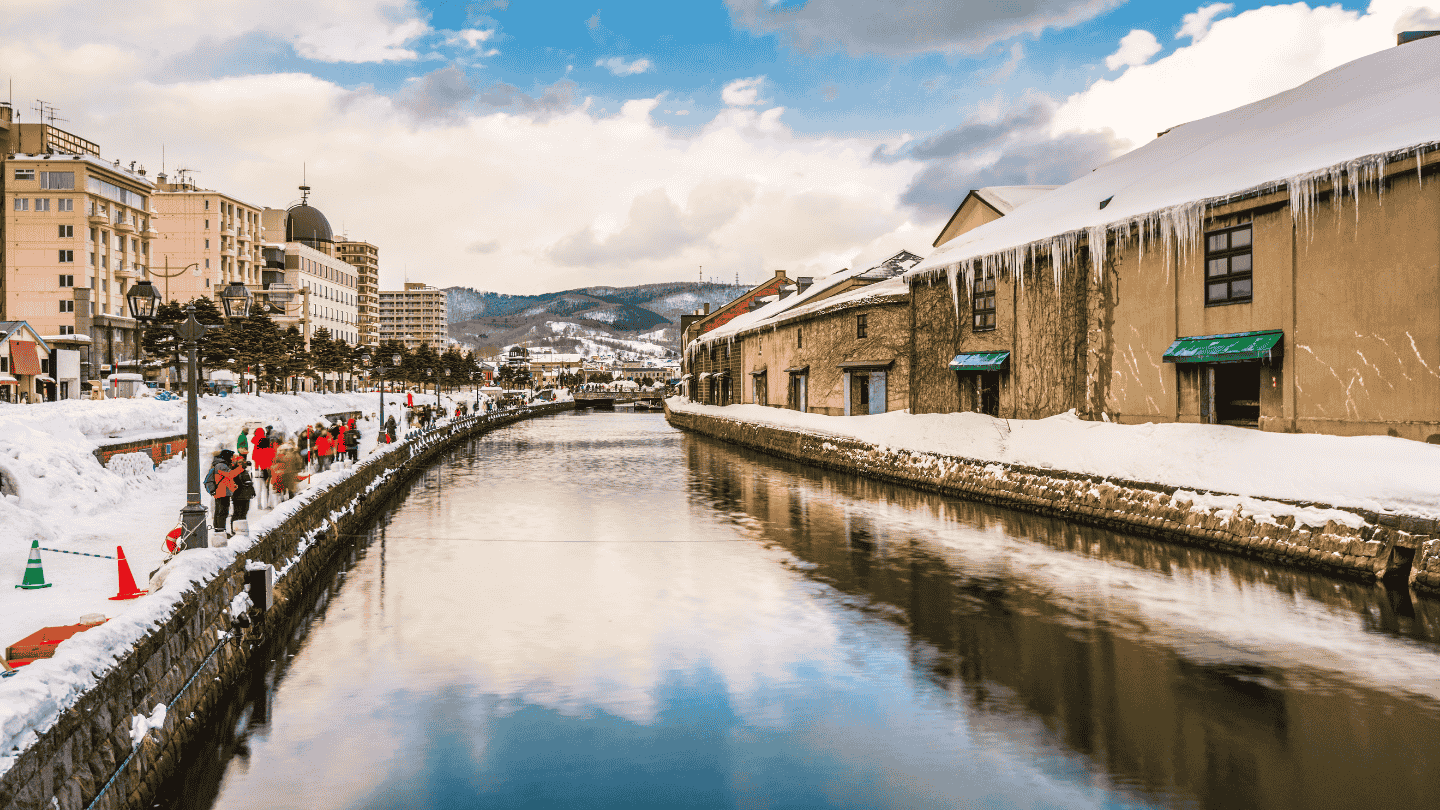
This figure, however, excludes the substantial number of day-trippers pouring in from nearby Sapporo.
Otaru served as the backdrop for the 1995 romantic film Love Letter and the enduring admiration of the film, directed by Shunji Iwai, continues to fuel Otaru’s popularity.

Funamizaka, a slope offering breathtaking views of snow-covered wooden houses and the Sea of Japan, has become a particularly problematic hotspot.
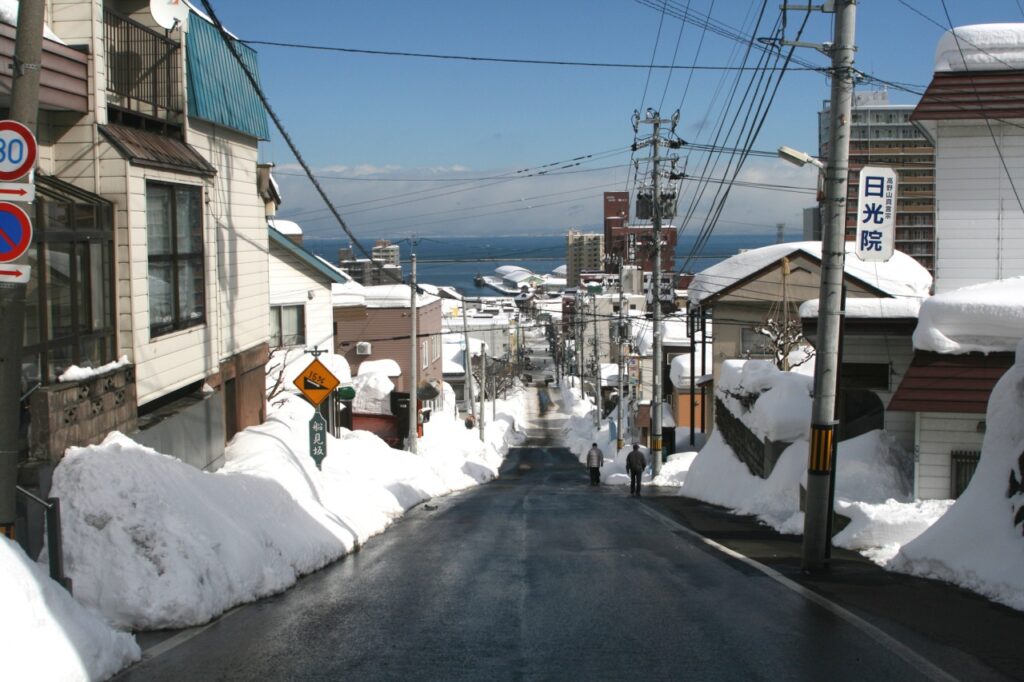
This location was prominently featured in the film and local authorities have now stationed three security guards there with the task of enforcing rules and regulations.
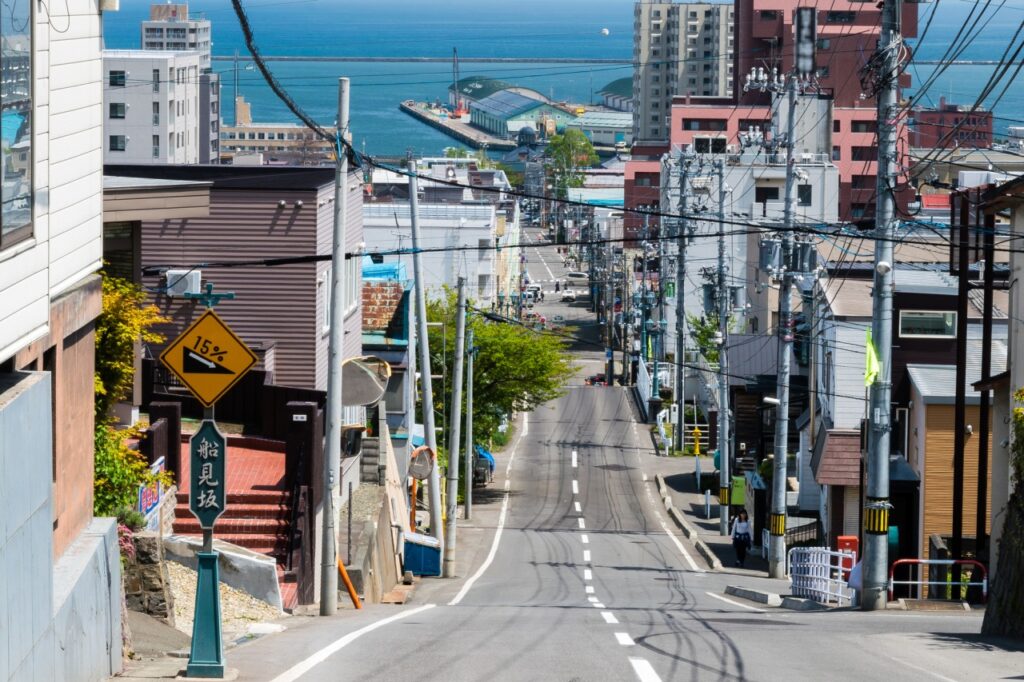
Brightly colored signs in English, Chinese, and Korean warn tourists against littering, trespassing, and obstructing traffic, with the threat of fines looming for those who disregard the rules.
Local police have also been deployed to assist during peak times.

The current security presence is expected to continue at least until the end of March, coinciding with the peak winter tourism season.
The timing of these increased security measures is particularly significant, as they were put in place prior to the Lunar New Year holiday, a period that traditionally sees a surge in international travel, especially from China.
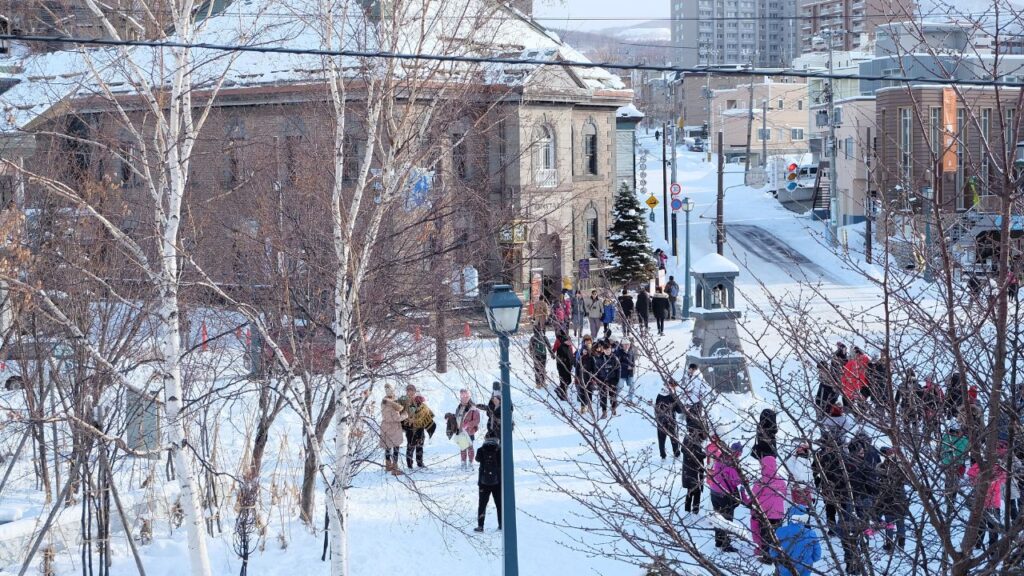
Online platforms like Xiaohongshu, the Chinese equivalent of Instagram, are flooded with posts dedicated to recreating iconic scenes from Love Letter.
Users share tips on capturing the perfect Funamizaka angle, echoing the film’s central theme of exchanging letters, and discussing the beauty of Hokkaido’s winter landscape. One user even shared a video of Tenguyama, another location featured in the movie, captioning it, “Hokkaido’s snow is a love letter to this winter.”
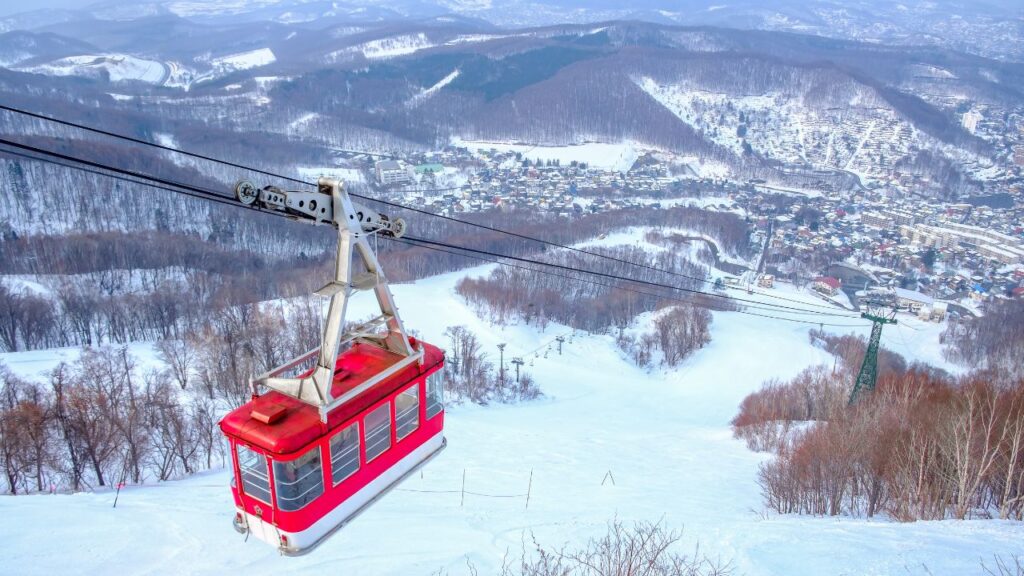
Despite the influx of Chinese tourists, an Otaru government official clarified to the press that the increased security measures are not specifically targeted at any one nationality but are a response to the overall surge in foreign visitors.
Alongside this cinematic connection, the city of Otaru was recently designated as an area of national heritage.
Otaru’s struggle is not an isolated incident as across Japan, popular tourist destinations are grappling with the negative impacts of over-tourism.
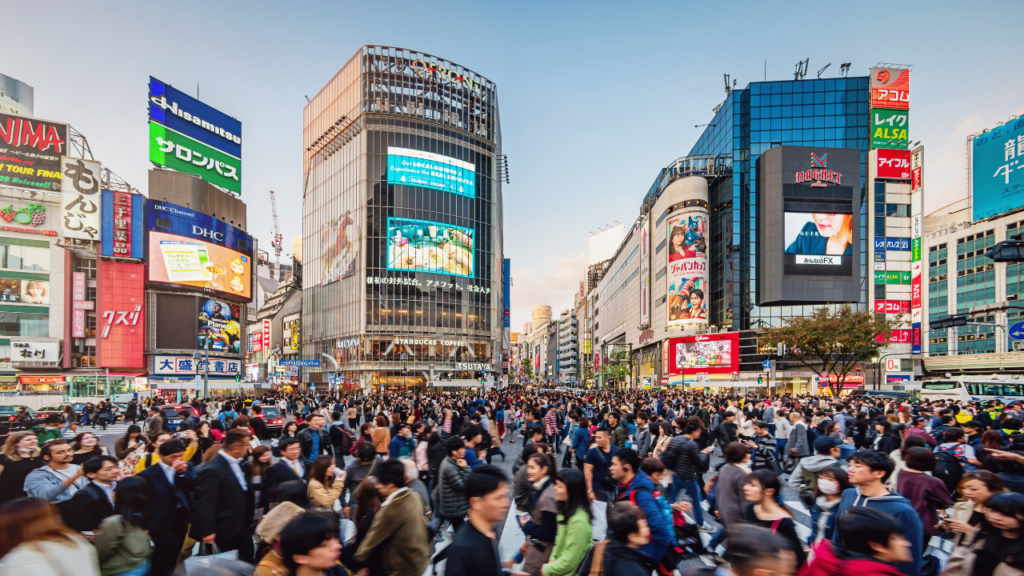
Last May the town of Fujikawaguchiko, at the foot of Mount Fuji, made headlines by erecting a massive black screen to block the view of the iconic mountain from a popular convenience store as the location had become overwhelmed with photo-seeking tourists.
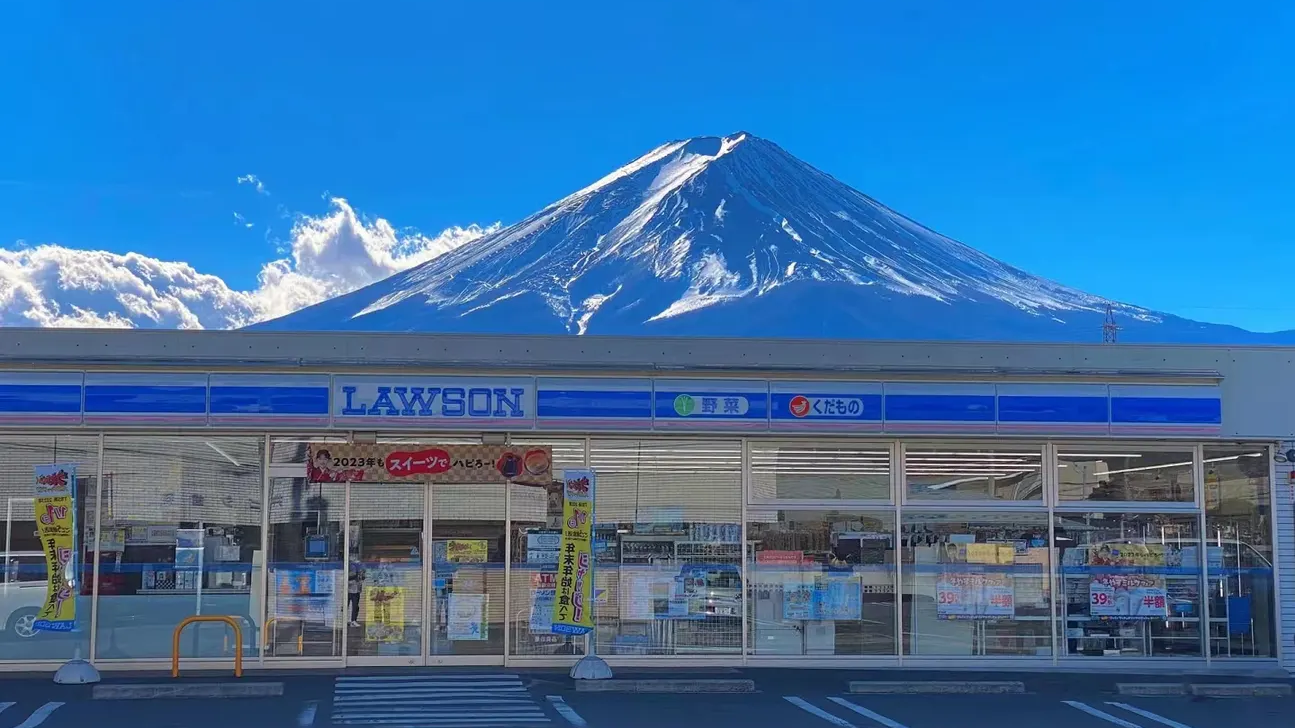
While the screen was eventually removed in August, it was heavily reported around the world as an example of the lengths Japanese communities were willing to go to reclaim space from tourists.
Similarly, Ginzan Onsen in Yamagata Prefecture, a charming hot spring town known for its picturesque Edo-era architecture and often cited as an inspiration for Hayao Miyazaki’s “Spirited Away,” has implemented restrictions on day-trippers during peak season.
Even iconic landmarks like Mount Fuji and Himeji Castle are considering raising entrance fees for tourists as a means of managing visitor numbers and mitigating the effects of over-tourism.
Source: CNN.co.jp
